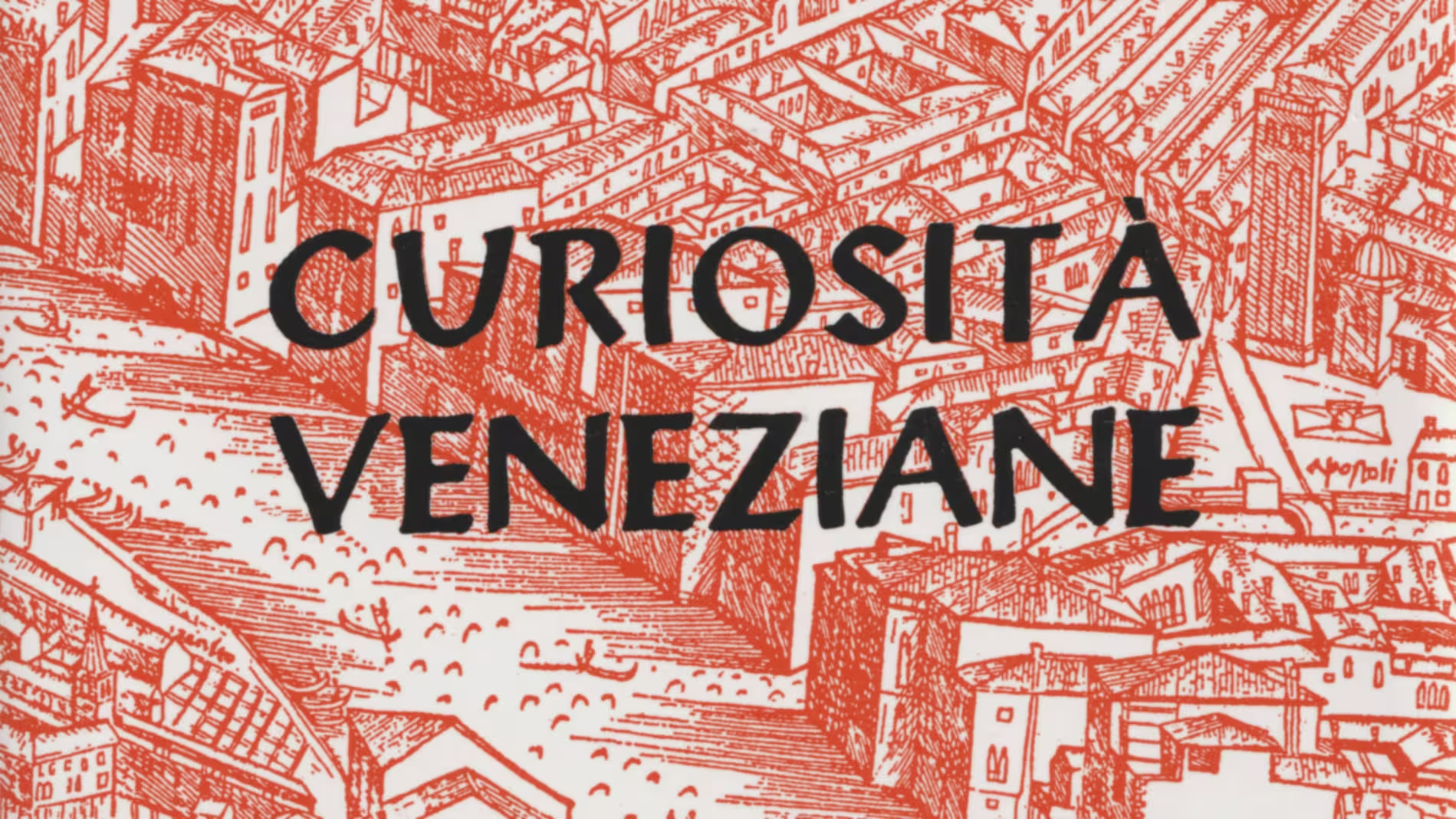Carampane (Calle, Fondamenta ora Rio Terrà, Rio Terrà, Calle drio delle)
Curiosità Veneziane by Giuseppe Tassini is the go-to book for information on Venetian toponyms, and a treasure trove of curious historical titbits. First published in 1863, it is still being reprinted regularly.
There is no English translation of the book, so I will translate selected entries on this site, whenever they’re used as sources for articles.
Carampane (Calle, Fondamenta ora Rio Terrà, Rio Terrà, Calle drio delle) at S. Cassiano. As early as 1358 it was prescribed that the Heads of the Sestiere had to find a place around Rialto to concentrate the prostitutes. It was found in 1360, and was a group of houses in the parish of S. Matteo, called the Castelletto, which had to be under the surveillance of six custodians, and closed up every evening when the third bell of S. Marco ceased, nor was it ever opened on major church holidays. The prostitutes obeyed some matrons, in charge of cashing in the earnings, and then, at the end of each month, dividing them by head. The inhabitants of the Castelletto spread, with the progress of time, also to other places in the city, with a preference for the district called Carampane da ca’ (house) and Rampani, the surname of an ancient patrician family, which owned some buildings there. This was forbidden to them, hence Sabellico, who wrote his pamphlet De Situ Urbis around 1490, had this to say: Carampanum vicum unde nuper sublatum lupanar. But they always returned there, disappointing thereby the law which would have wanted to see them all locked up in the Castelletto.
In spite of the fact that many of these women were once found in Venice, the vice of sodomy raged there, whereby it was necessary not only to tolerate, but to prescribe, as we will also mention elsewhere, that they remain in the doors and windows lasciviously uncovered, while one lamp lit up the curious spectacle in the evening. If so much was prescribed for men, enticed to a minor vice, to be deterred by a major one, very strict laws, made at different times, and which can be said to be epilogued in the decree of 13 August 1644, restrained prostitutes. They could not have a house on the Canal Grande, nor pay more than 100 ducats in rent; they could not go down the Canal Grande at the time of the Corso, and wander around the city in a two-oared boat; they could not enter the church on solemnities, pardons, or other activities of devotion; they could not wear the faziol bianco da fia (mantle, or damsel’s robe); they could not adorn themselves with gold, jewels, or good or false pearls, etc. They were finally excluded (and pimps still had this fate) from giving testimony in criminal trials, and were not heard if they asked for payment for the services rendered in court.
The Calle dietro le Carampane is also called Rizzo. See Rizzo (Calle etc.) in S. Cassiano.
Related entries
Related articles
Localities
Original Italian text
Carampane (Calle, Fondamenta ora Rio Terrà, Rio Terrà, Calle dietro delle) a S. Cassiano.


Leave a Reply